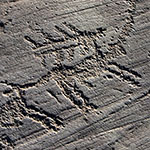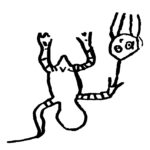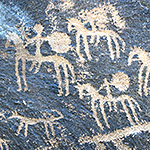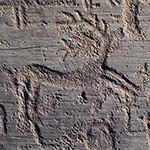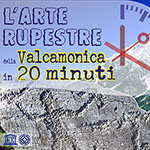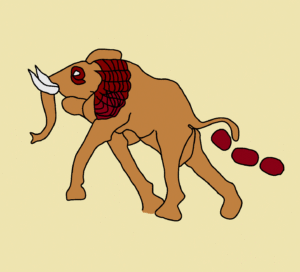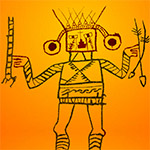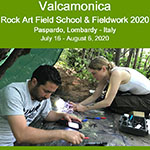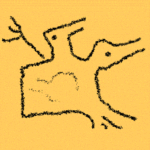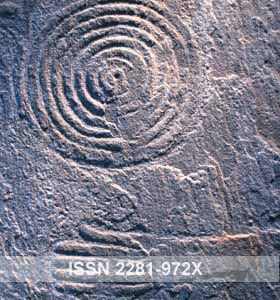Uno dei temi peculiari dell’arte rupestre della Valcamonica è senza dubbio quello dei cervi. Le due più antiche raffigurazioni di cervo risalgono alla fine del Pleistocene, mentre sono frequenti quelle presenti sulle stele dell’età del Rame, e ancora di più quelle relative all’età del Ferro. Il progetto Cer.Val., sostenuto dal Gruppo Terre Alte del CAI (Club Alpino Italiano), vuole affrontare questo percorso di ricerca, privilegiando la multidisciplinarietà, l’incontro tra specialisti di diversi campi, il rapporto con i cambiamenti climatico-ambientali, l’analisi del simbolo del cervo nel patrimonio culturale locale.
di Dario SIGARI Read more
